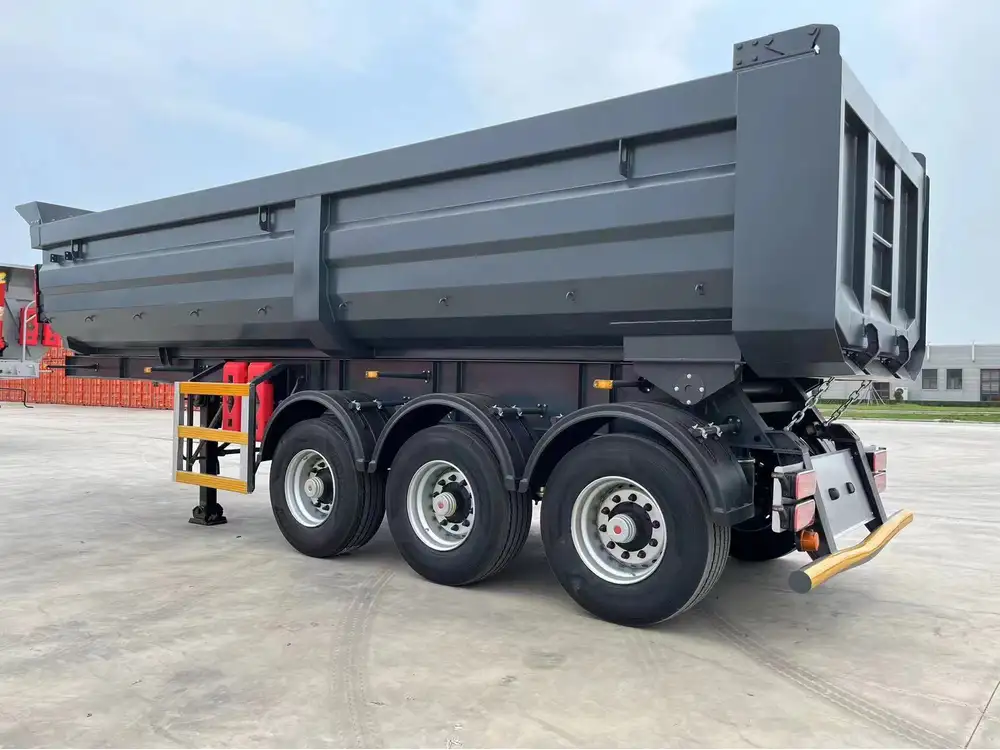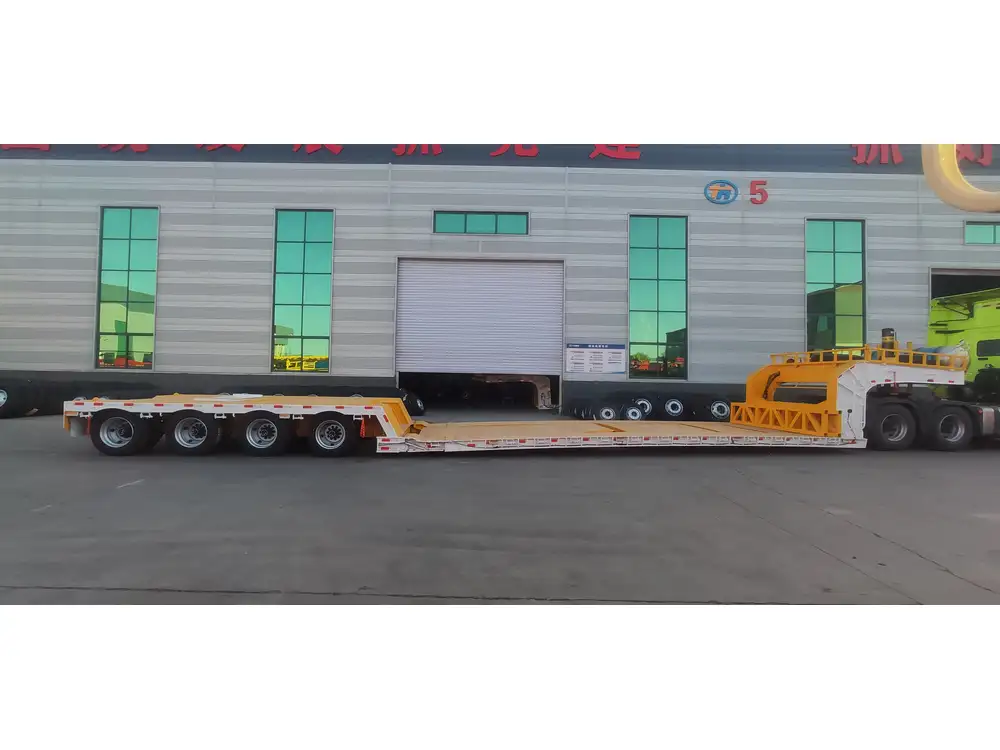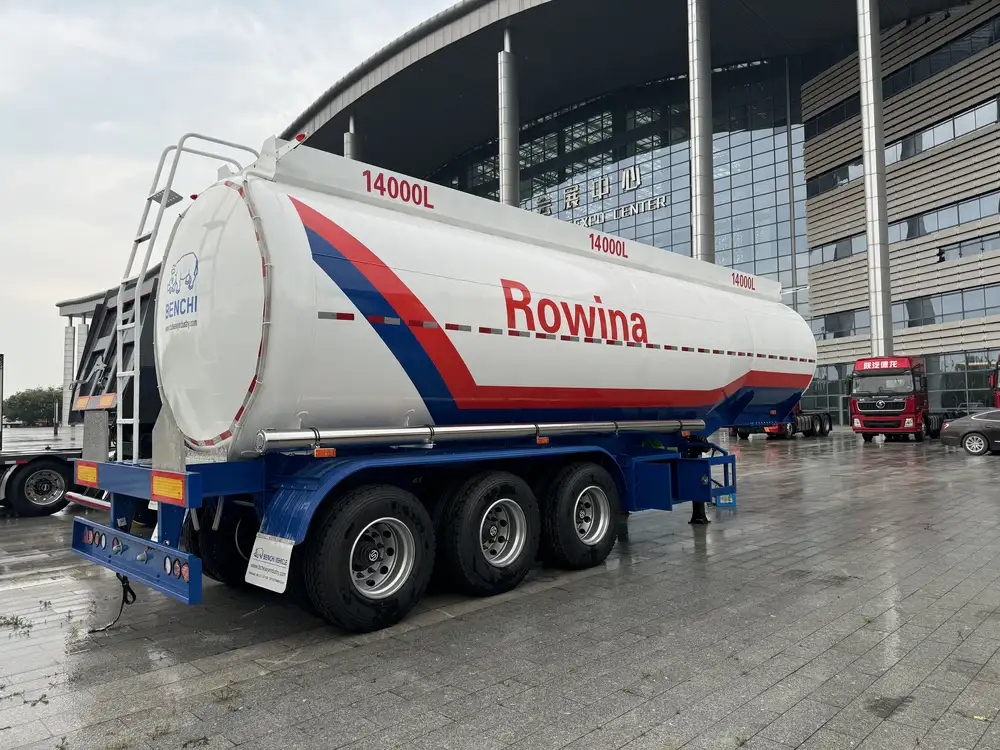Loading cattle into a semi-trailer is a critical task that requires precision, skill, and understanding of both animal behavior and trailer mechanics. Whether you are a seasoned professional or a newcomer to the livestock industry, mastering this skill is essential for the safety of both the animals and the individuals involved in transportation. In this comprehensive guide, we’ll explore the best practices, common challenges, and crucial factors to consider when loading cattle into a semi-trailer.
Understanding the Semi Cattle Trailer
Types of Semi Trailers
| Type | Description | Best For |
|---|---|---|
| Standard Cattle Trailer | A fully enclosed trailer with interior dividers to separate groups of cattle. | General livestock transport |
| Flatbed Trailer | Open structure allowing high visibility and easy access. Often fitted with specialized pens for secure transport. | Specialized loads |
| Gooseneck Trailer | Attached via a gooseneck hitch, providing greater maneuverability and stability, especially in rugged terrain. | Small to medium-sized herds |
| Livestock Trailer with Living Quarters | Offers accommodations for drivers traveling long distances. | Long hauls with overnight stays |

Key Components of a Semi Cattle Trailer
- Floors and Mats: Should have a non-slip surface to prevent injury and provide traction.
- Ramp Design: A gentle slope facilitates easier loading and unloading.
- Ventilation: Adequate airflow is crucial for animal comfort, especially during summer months.
- Dividers and Gates: Secure and sturdy to keep animals separated and contained without causing anxiety.
Preparing for the Loading Process
Assessing the Cattle
Before loading, it’s important to evaluate the animals’ health and demeanor. Key considerations include:
- Size and Weight: Ensure the cattle fit comfortably within the trailer’s dimensions.
- Temperament: Assess if the cattle are calm or stressed to determine the loading approach.
- Health Check: Look for any signs of illness or injury that may complicate their movement.

Pre-Loading Environmental Checks
Before beginning the loading process, conduct a thorough inspection of the loading area and trailer:
- Surface Conditions: Ensure the ground is dry and stable to minimize slips and accidents.
- Lighting: Good visibility enhances safety for both cattle and handlers.
- Quiet Environment: Minimize noise and distractions to reduce stress for the animals.
Step-by-Step Guide to Loading Cattle
Step 1: Setting Up the Trailer
- Position the Trailer: Back the semi-trailer into place, aligning the rear doors with the loading area.
- Open Rear Doors: Swing open the rear ramp doors wide; this helps in creating a welcoming entry for the cattle.
- Ramp Preparation: Check that the ramp is clear and set at a gentle slope.

Step 2: Ensuring Safety
- Handler Positioning: Place trained personnel at strategic points to effectively guide and ensure the cattle enter without hesitation.
- Use of Panels and Gates: Manage the flow using pens or panels to prevent cattle from exiting prematurely or getting startled.
Step 3: Introducing Cattle to the Loading Area
- Calm Approach: Use quiet, calm movements to lure the cattle toward the ramp.
- Encouragement Techniques: Employ low-stress loading techniques; gentle nudges from behind or the use of quiet voices can help ease the cattle.
- Avoid Loud Noises: Keep the area as free from sudden movements and loud noises as possible.
Step 4: Loading the Cattle
- One at a Time: Load cattle slowly and one by one to prevent overcrowding and potential injury.
- Guiding Cattle: Use visual cues and gentle movements to encourage cattle to move forward into the trailer.
- Monitor and Adjust: Check for any cattle reluctant to move and make the necessary adjustments in approach.

Troubleshooting Common Loading Issues
Behavioral Challenges
- Refusal to Load: Cattle may be hesitant due to stress or anxiety. Use patience and additional encouragement, such as feed or familiar sounds.
- Panic and Aggressiveness: If cattle become frightened, it may be necessary to pause and allow them to calm down before resuming loading.
Physical Challenges
| Challenge | Solution |
|---|---|
| Trailer Size Inadequate | Evaluate the dimensions and consider using a larger trailer for oversized loads. |
| Ramp Too Steep | Adjust the angle of the ramp or use a shorter ramp to reduce the incline. |
| Slippery Floor | Ensure proper cleaning of the trailer floor and maintain non-slip mats. |

Post-Loading Considerations
Final Checks
- Securing Animals: Ensure all gates are shut and secured to prevent animals from escaping.
- Check Weight Distribution: Balance the load, distributing weight evenly throughout the trailer.
- Ventilation: Confirm that ventilation holes are unobstructed and allow for proper airflow.
Transportation Safety Tips
- Driving with Caution: Always drive at moderate speeds, and avoid sudden accelerations or stops.
- Frequent Stops: Make periodic stops to check on the cattle, ensuring they remain calm and comfortable.
- Emergency Protocols: Have a plan in place for emergencies, including a first-aid kit for both animals and humans.

Best Practices for Efficient Loading
Regular Training
Investing in techniques for low-stress cattle handling can significantly improve loading efficiency and animal welfare. Regular training sessions for the team can foster skill development.
Equipment Maintenance
Maintaining the trailer in optimal condition ensures safety. Regular checks of flooring, loading mechanisms, and ventilation systems will prevent issues during loading.

Using Technology
Consider utilizing loading ramps that are adjustably engineered or hydraulic systems to automate the loading process effectively, thereby enhancing safety and efficiency.
Conclusion
Loading cattle into a semi-trailer is not just a matter of technique; it’s an art that requires empathy, understanding, and significant knowledge of both the animals and safety practices. Implementing the strategies outlined in this guide can lead to successful loading operations, ensuring that cattle are transported safely and efficiently. By considering the needs of the cattle and adhering to best practices, we can enhance animal welfare and operational efficiency, paving the way for successful journeys ahead.
Additional Resources
- Cattle Care Manuals: Reference material that details best practices in cattle handling.
- Animal Welfare Regulations: Stay up-to-date with local regulations regarding livestock transport.
- Professional Training Workshops: Engage with certifications and workshops dedicated to livestock handling techniques.
By following this comprehensive approach to loading a semi cattle trailer, users can confidently improve their methods while ensuring the well-being of their animals throughout the transportation process.



